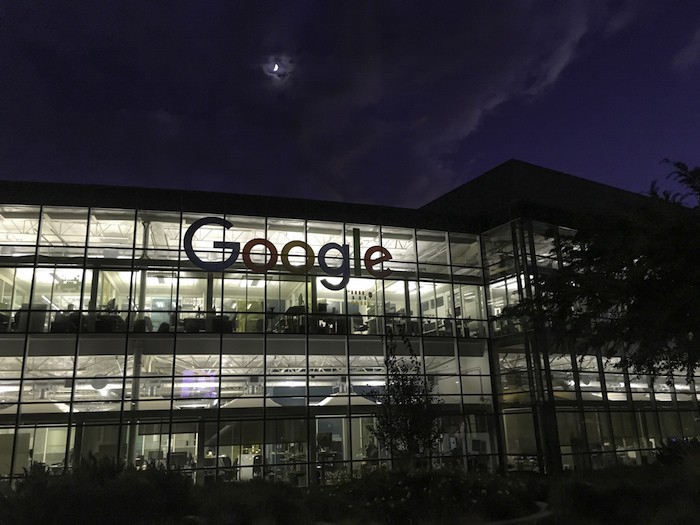
The Accelerated Mobile Pages project has officially arrived. From idea to implementation to launch on Wednesday, it’s been just nine short, frantic, productive, promising months, Google’s head of news and social products Richard Gingras told me, and less than five months months since Google’s official announcement in October.
 More than 80 developers from both inside and outside Google have committed code to AMP’s GitHub repo since the AMP announcement, filing and fixing bugs and contributing new elements.
More than 80 developers from both inside and outside Google have committed code to AMP’s GitHub repo since the AMP announcement, filing and fixing bugs and contributing new elements.
“I don’t think we could’ve made it this far without the participation and collaboration of so many people,” Gingras said. “When we say ‘we,’ it’s not the Google ‘we’ — it’s the collaborative ‘we’ of hundreds of publishers and tech companies that have engaged with the open-source effort.”
I spoke with Gingras the afternoon of the launch (what he called “just Version 1” of AMP) about the evolution of the project, whether smaller publishers by virtue of resources are left behind in the initiative, and the question of search results. Below is a lightly condensed and edited version of our conversation.
Along the way, we’ve held workstreams that any publisher or tech provider can participate in. We’ve had workstreams in each of the four areas of development: the format itself; analytics and how would we track that; how would we support paywalls; and ads — how do we support those, and not just, how can AMP think monetization, but, how do we begin managing ad distribution ecosystems.
To your point, not everything is there today — the process is important. We wanted to get collective input and engagement on what we needed to address first.
On the ad environment, for instance, the clear objective is: How do we create powerful user experiences that can also be effective for advertisers and for publications? With ads in the first version of AMP, a lot of the focus was on: How do we support the existing ad capabilities and creative approaches and so on, so that they still fit the philosophy of AMP?
Clearly, going forward, the focus will be on what kind of new creative ad experiences will be developed. How can the ad tech community further optimize their systems?
On the format side, we’re looking forward to more and more examples of publishers doing highly compelling interactive experiences within the format as well. When we announced, a frequent question was: Could we do things beyond straightforward articles? It’s important to us that that be allowed, and we want to push forward with this.It was crucial that we got paywall support in AMP as well, and if you look at the newest “speed platforms” involved — by that I mean your Instant Articles, Apple News — they didn’t have paywall support. For many large publishers, it’s important to have that paywall capability in place.
Now that we’ve gotten the first version out, we’ll continue to work with community to reach collective decisions.
What I’ve always felt from the beginning was that the intention of AMP was to build a rich open web that allows publishers of any size to build audiences, and that’s the kind of dynamic you begin to lose when the bigger guys tend to have a little bit more of an advantage.
We are aware this needs to be easy for folks to implement — comparatively easy, at least. I’ve seen a lot of organizations with small engineering teams implement this into their homegrown CMSes within a few days. It doesn’t always take a huge amount of work. Obviously if your company is using a third-party CMS like WordPress, things can become much easier — much of that work is done for you. Then there’s a set of players who have their proprietary systems and a modest engineering staff. We’ll continue to work all those angles. I’ve also noticed there are already a number of startups popping up looking to assist publishers.
Again — and this was a key point from the beginning — what we did not like seeing was the evolution of many proprietary platforms all saying, “do it my way, do it my way” — your Snapchats and Facebooks and so forth.The whole idea behind doing this as open source was really to push us towards a framework that is simplified, that would allow publishers to be in control of their destiny in the longterm, and have their content be available everywhere, yet still under their control.
But as you see when you do various search queries [the carousel at the moment only shows up on search, but could soon extend to Google News itself and the news tab on Google search], you are getting top results that are not AMP stories. When we do have a collection of high-speed articles available around a topic, then yes, we put them in that carousel. I look forward to the day all the stories in search results all have the speed characteristics of AMP. But until that day, it’s important for our users to be able to have that and important for publishers to really begin to realize what speed can mean for user engagement.